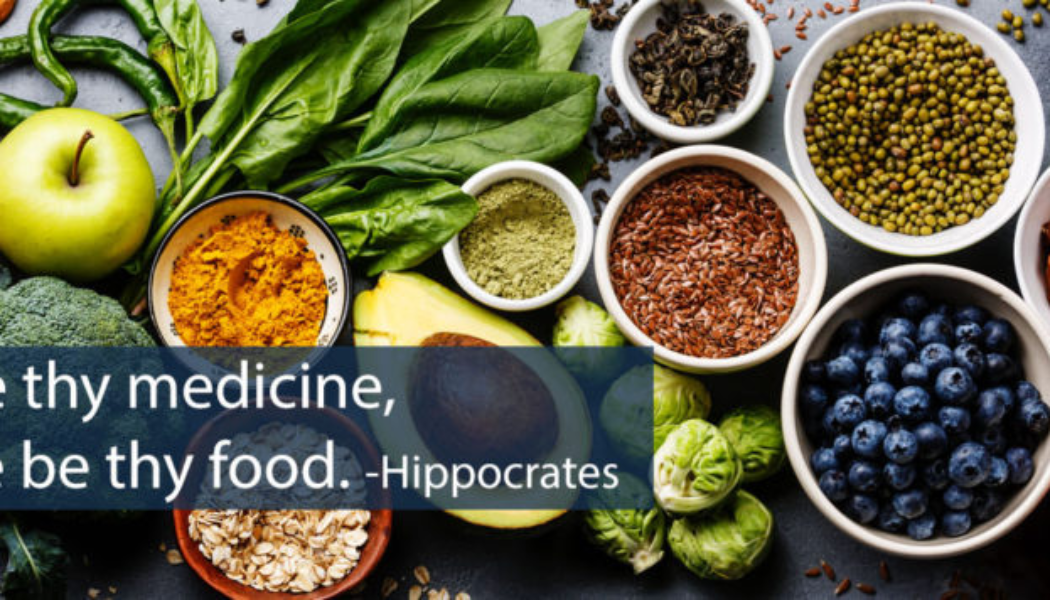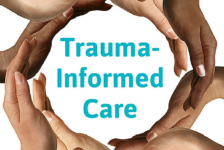Measuring impact during COVID-19
Emma Nalin, Project Coordinator
Rural Health Network, South Central New York
April 28, 2020
Like many rural community organizations, Rural Health Network of SCNY has rapidly assessed and adapted our services to respond to the COVID-19 pandemic. While providing direct service to rural clients in need is our most urgent priority, it is also important to keep measurement in mind at all stages of the planning and implementation process. When the pandemic ends, the data we collect now will be critical in describing our response and building resilience against future crises.
Listed below are some examples of RHN’s direct service during the pandemic, along with the plan for measurement:
- Delivery of food, medication, and other essential goods
- Measuring the amount and types of goods as well as locations of delivery
- Redirecting RHN staff and Americorps capacity to support local initiatives and temporarily relieve older volunteers from high-risk activity (e.g. Meals on Wheels delivery in Northern Broome County)
- Measuring types of activities and number of hours spent on external projects
- Expansion of Connection to Care transportation program eligibility
- Measuring the number of Connection to Care cases for the expanded list of eligible reasons
- Targeted mail outreach to vulnerable rural populations
- Measuring the number of postcards sent, location, and any increase in call volume from those locations
The pandemic gives us an opportunity to measure not only our impact on individual clients, but also our broad impact in the community. As a Rural Health Network, we have always worked to provide technical assistance, build workforce capacity, and advocate for stronger rural communities. The pandemic brings this function to the forefront. Our community-level activities and measurement strategy for each are listed below:
- Development and sharing of safety protocols for the workplace, home delivery, and home visiting; a grocery store service directory listing delivery capacity, senior hours, and other useful information; and healthcare access information for local clinical sites
- Measuring the number of requests for information from partner organizations and the public as well as adoption of our policies by other organizations
- Participation in community task forces, meetings, and coalitions
- Measuring meetings attended, presentations made, new partnerships built in response to the pandemic
- Coordination of volunteers to support partner initiatives (e.g. meal-packing shifts at the Community Hunger Outreach Warehouse [CHOW])
- Measuring internal and external volunteers recruited, activities, number of hours
If you have other examples of measuring impact during the pandemic or would like to share thoughts on this topic, please contact Emma Nalin, Project Coordinator, at enalin@rhnscny.org. A summary of RHN’s service updates during the pandemic is available here. Look for quarterly updates from the RHN Social Determinants Measurement project in the NYSARH newsletter.




